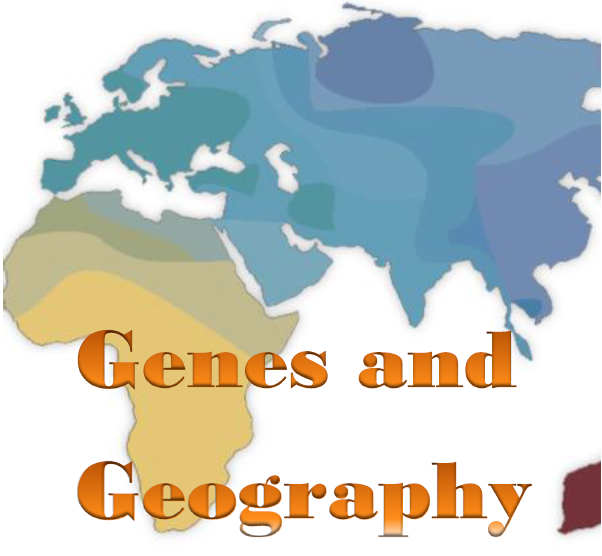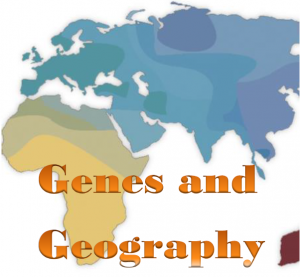Our Chemical Romance: Human Health and Chemical Exposure
Chicago Council on Science and Technology and Pint Chicago Present
A C2ST Speakeasy
Our Chemical Romance: Human Health and Chemical Exposure Continue reading “Our Chemical Romance: Human Health and Chemical Exposure”

